Introduction
Watership Planner was designed as a tool to improve your concentration.
The idea is if you keep your attention focused on the right problems, you will move through the timeless stages of innovation—predictably leading to breakthroughs.
What Makes Watership Planner Different
Traditional systems focus on organizing tasks, on laying out the "what" that needs to be done.
Watership Planner is about taking a list of "what" and combining it with your process of "how" that you design.
It answers the question: "How can I get myself to concentrate deeply on the problems, or ideas, that are important to me?"
| Traditional Planning Software | Watership Planner |
|---|---|
|
Simple Clean design with simple attributes |
Expressive Deeper vocabulary for expressing intent |
Data-Driven About managing what you need to do |
Process-Driven About managing what ideas you want to generate |
Deliberate Lists of what you need to do |
Adaptive Decide at any moment to drop everything and try a better path |
Organization About keeping your responsibilities in order |
Concentration About designing structures for your attention to follow |
Who Should Use Watership Planner?
If you check additional sources of information making sure you haven't missed anything.
You can lower what you need to keep in your working memory by having a system that is expressive enough to keep track of these things for you.
If you find yourself distracted with other ideas while working.
You can make this easier for yourself by using the focus cycle to deflect unproductive thoughts—and also increase your ability to concentrate.
If you find that you can't make consistent progress on big complex projects.
You can define the schedules you want to stick to that provide consistent effort and attention towards solving problems—even when they aren't well defined.
If you feel disconnected between what you write down in your todo list and with what you actually accomplish.
You can use different ways of visualizing your time to bridge this disconnection.
If you find yourself overwhelmed with all the projects you want to work on, and indecisive about which ones you should commit to.
You can rank projects by their expected return based on the time invested—which can provide answers to the problem of incomplete information and result in more informed decisions.
How Watership Planner Works
Concentration tends to be misunderstood. We either feel distracted and unable to concentrate. Or we feel inspired and motivated, and then concentration happens naturally. How can you make it predictable?
First realize that this is a solved problem in some disciplines, such as in pure mathematics. This is different than applied mathematics that you were taught in high school where you would apply a step by step formula to a word problem. But how did they think up that formula in the first place?
Pure mathematics is where mathematicians find the patterns behind things like numbers, or even the patterns of how paint brushes transfer paint—probably useless, but concentration and problem solving become enjoyable when you can control it.
To the pure mathematician, the process of concentrating on something is precise enough that problems are left open ended with the instructions to "think about it." As vague as "think about it" can seem, it means something specific to the pure mathematician, and they can spend years concentrating on a single problem.
Perhaps you don't want to become a pure mathematician, but the point is that they are taught how to concentrate, and you can learn how to improve your concentration as well.
It's not that I'm so smart, it's just that I stay with problems longer.Albert Einstein
Outline of How Watership Planner Will Improve Your Concentration
The best way of approaching this is by going practical first. This means simply realizing what the common mistakes are, and how to stop making them. Nothing else needs to change.
I. Background
(This page)
You can go a long way by simply not making the mistakes that will prevent you from concentrating.
Explains what you need to know to solve the most common blocks towards concentration.
Most people will only need to read this document.
II. Fundamentals
This explains the components and layers that make up the program.
It also introduces the ideas that the software is built on.
This lays out the boundaries for if you really want to understand the system.
III. User's Manual
Designed as a reference for how the software operates.
Can be read in parts.
1. Solving the Problem of Todo Overload
Making it easy for you to get into a relaxed, creative state, ready for concentration
Barrier #1: The more overloaded you are, the more vulnerable your mental state is to distractions via ego depletion
What's the problem?
You have so many things that you want to be doing, that it is hard to find free time to address anything meaningful.
Why it's a problem
- When your attention is tied up reminding you of things that you should be doing, those intrusive reminders distract your focus and raise your reactiveness
- The more you try to keep in your head, the more complex it becomes and the more indecision you experience
- Having things written down doesn't help if you feel that you can't find what you need for later, your mind will still fall back on memory
How to solve it
Get all your ideas out and organized into projects
Use the clapperboard to capture loose ends as they come to you
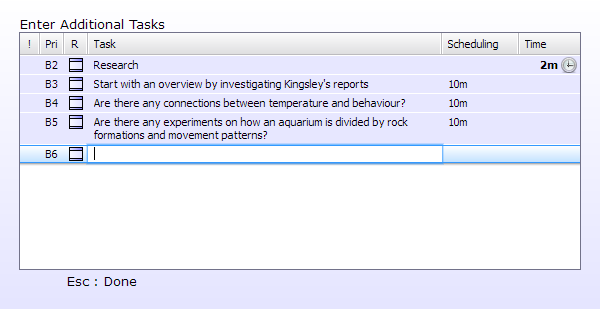
Figure 1. By bringing up the Clapperboard with the global Win + ; hotkey, you can break down tasks to get your ideas out and free up your working memory
Organize their location in the project tree by setting the project path
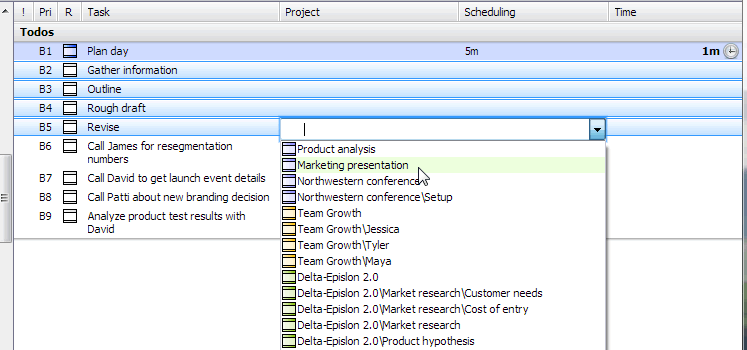
Figure 2. Associate a task with an existing project, new paths will create the projects needed for you
Create sub-projects via drag and drop
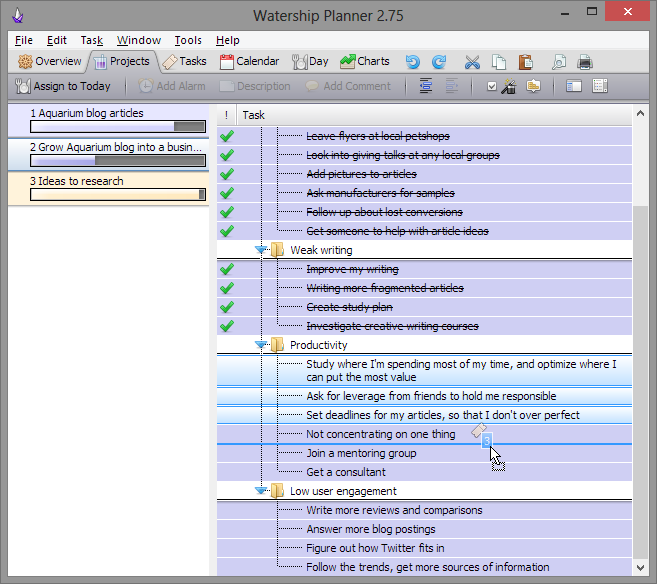
Figure 3. Chunking down tasks into groups by dragging and dropping.
Rank lists against each other by ROI—or the expected value for each minute of time you invest, calculated by their impact divided by their estimate
Keep your project list sorted by the best use of your time
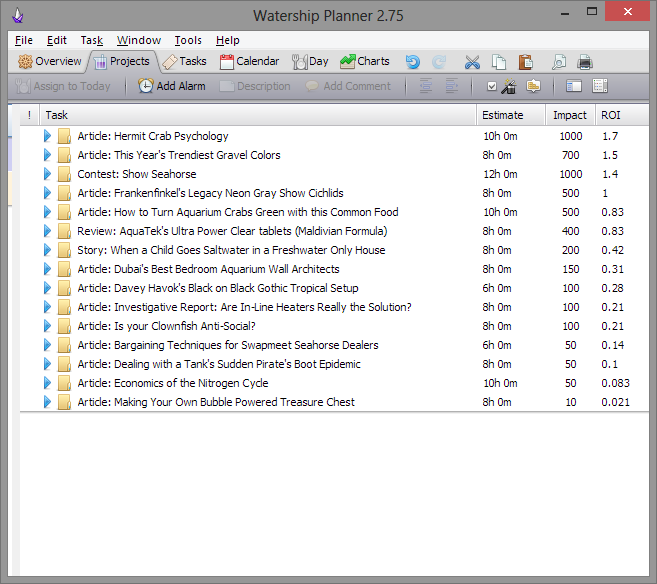
Figure 4. When tasks are sorted by their ROI, the top task is the most important task you should work on. The order can always be overridden by dragging and dropping to change the task order.
Find pockets of free time by visualizing your schedule
Seeing helps you make better decisions about your time
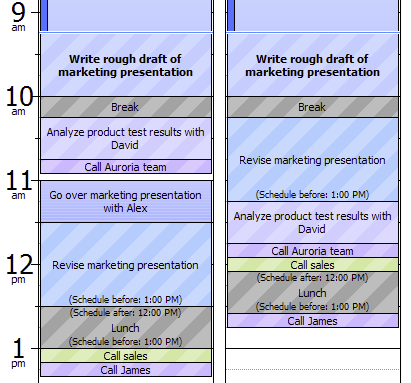
Figure 5. Visualize how your day responds to changes. On the left is the schedule with an appointment from 11am to 11:30am; on the right is the same schedule only without the appointment from 11am to 11:30am.
Why this works
- When you organize tasks into projects, you trust that you can find what you need later if you need to, silencing reminder thoughts
- You concentrate best when relaxed—by always knowing what the most valuable use of your time is at the given moment and why, you can feel good about focusing on that and ignoring the rest
- Flexible alarms let you forget more, so that you don't have fall back to the reactive state of scanning for things that have fallen through the cracks
2. Entering Flow at Will
How to enter and keep yourself in flow
Barrier #2: Intuition—though needed while in flow—repels you from flow when you aren't in it
What's the problem?
You find that you can't always concentrate on what you know you should be working on—instead you feel conflicted between doing what you know you should be working on, and finding that you keep getting distracted somehow.
Why it's a problem
- Flow happens right at the edge of resistance—if instead you use it as a cue to avoid it and distract yourself, you are missing opportunities to enter flow
- The more you multi-task—or submit to distractions—the worse you become at concentrating, and the harder it is to enter flow
- Distractions can begin as innocent and related to what you are doing, and then spiral to something completely unconnected to the task at hand
How to solve it
When you feel distracted by an off-topic idea, short-circuit it by logging it for later
The Clapperboard is the goto location for getting quick information and entering information
Step 1: Bring up the Clapperboard
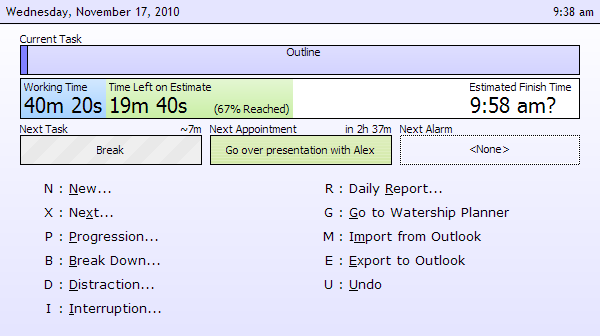
Figure 6. Using Win+; brings up the Clapperboard. This gives you a heads up display of what you are currently working on, and a list of flow commands for directing your attention.
Step 2: Bring up the New Menu

Figure 7. Hitting N brings up the New... menu, to add items without entering the program.
Step 3: Log and forget

Figure 8. Hitting
T
brings up the New Task... menu.
When you feel resistance, you are near flow—break down the task to lower the complexity and you are set
Just by writing down what you need to do, you give yourself permission to forget part of the problem, instantly making it easier

Figure 9. After entering the Break Down Menu via the Clapperboard, you can enter a list of tasks that are associated with the currently timed task. These tasks will be organized in the same project folder as the current task.
Keep yourself primed with the metrics that have meaning for you
Up to the minute metrics can also be brought up via the Clapperboard
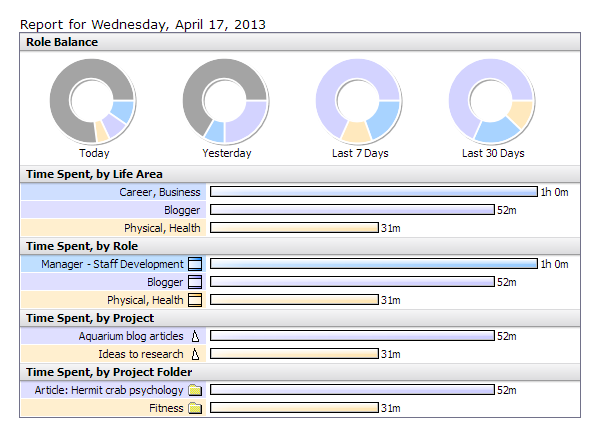
Figure 10. Keep an eye throughout the day on the metrics that ensure a productive day.
Why this works
- The mind feels loss aversion when you say "no" to something, but not if you say "later" and never get around to it
- Concentration isn't something that comes naturally because you are smart; it is a state you maintain by nudging the complexity into the sweet spot for your skill level
- You silence distractions and inner arguments by committing your attention to a certain duration
3. Making Consistent Progress on Projects that Can't Be Planned
How to string together flow sessions, even when it doesn't feel right
Barrier #3: Finding the right solutions to problems seems unpredictable, causing cycles of anxiety and indecision—stalling the project
What's the problem?
You become more and more worried because you are making no progress on projects that can't be easily planned—so you break away and do something else until things feel right to start.
Why it's a problem
- When you are stuck, the intuitive thing to do is to wait for an insight—this makes the insight take longer to come
- To be open to good ideas, it helps to be relaxed and open to all ideas—but then these ideas alter and complicate the original objective, leaving you with both a more complex problem, and a now less relaxed state to work through the problem
- When you are behind in work, you procrastinate until the anxiety helps you focus—leading to the misconception that you work best under pressure
How to solve it
Set a pace
Sketch out your day, listing where you want to put your attention
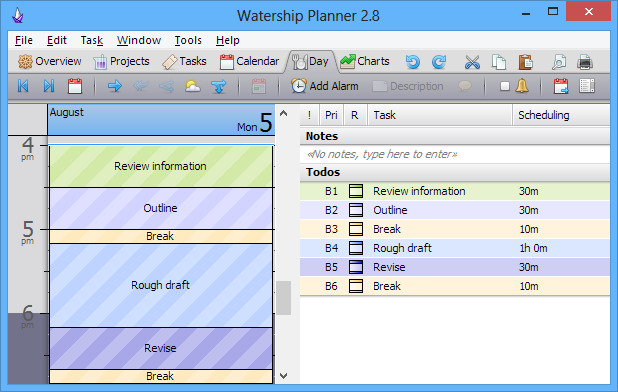
Figure 11. Using the Day Planner you can set a realistic pace that adjusts to your timings and actions.
Use time mapping to tighten feedback loops between your decisions and the different pictures it paints of your time
See in real time what impact different decisions have on the expected finish times of all your tasks
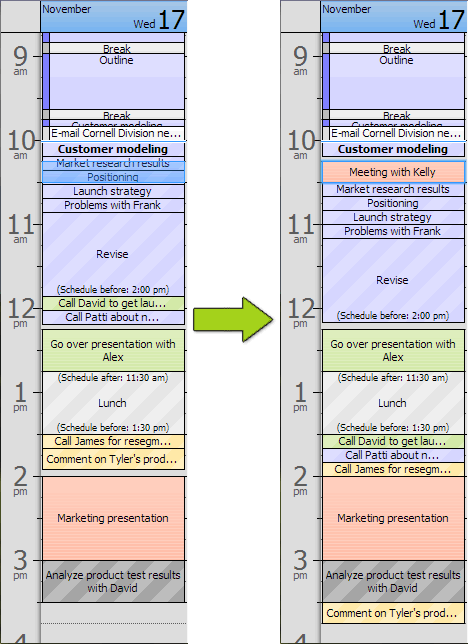
Figure 12. An example of a schedule before and after adding an appointment from 10:15am to 10:30am.
Stay focused by going deep while in a session, and then regain perspective by going broad when outside a session
Make progress by working through the needed details instead of trying to put together the perfect plan
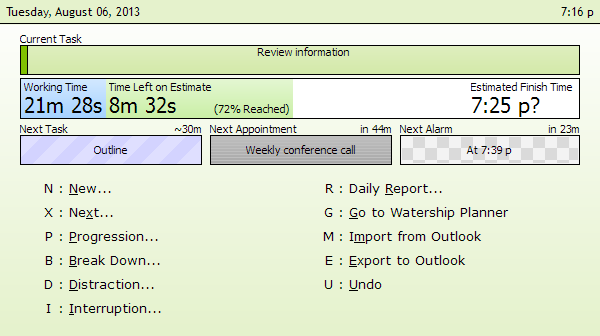
Figure 13. The Clapperboard is designed to keep your attention on the current task at hand, letting you get practical by deflecting high-level decision making for only those times when you are ready for it.
Balance your thinking by taking a bird's eye view to avoid getting bogged down with the wrong details
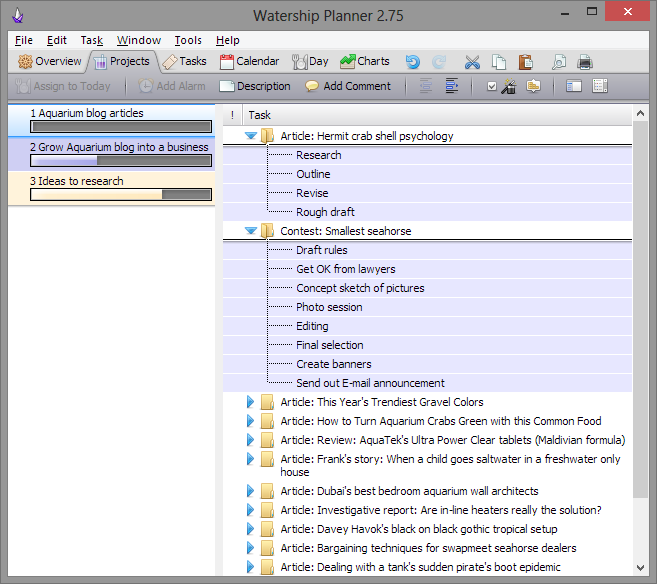
Figure 14. Remind yourself what the real objective is after a session, and see how your work fits with the overall picture. Now is the time to make adjustments to your pace, if needed—when you are looking with an outside perspective.
Why this works
- Boxing your time keeps your arousal state optimal for picking out important stimuli
- When you map your agenda, it becomes clear how small changes ripple throughout the day—allowing you to make better decisions about your time
- Keep your place with different projects and objectives, allowing you to get deep on a single issue without trying to figure it all out at once